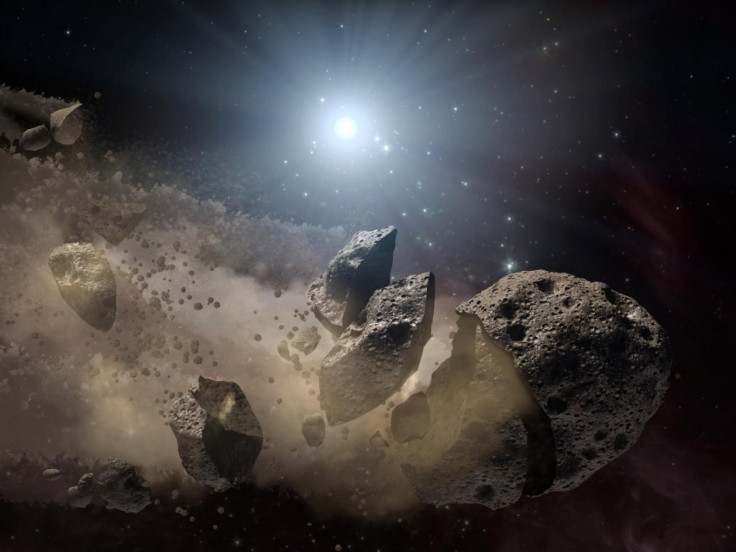Baptistina Asteroid Not the Culprit for Dinosaur Extinction: NASA

In 2007, a study using visible-light data from ground-based telescopes first suggested that the remnant of a huge asteroid, known as Baptistina, caused the extinction of dinosaurs from the Earth.
But recent observations from NASA's Wide-field Infrared Survey Explorer (WISE) mission now suggest that the Baptistina asteroid family is not likely the culprit, keeping open the case on one of Earth's greatest mysteries.
While scientists are confident a large asteroid crashed into Earth approximately 65 million years ago, leading to the extinction of dinosaurs and some other life forms on our planet, they do not know exactly where the asteroid came from or how it made its way to Earth.
According to the 2007 theory, Baptistina crashed into another asteroid in the main belt between Mars and Jupiter about 160 million years ago. The collision sent shattered pieces, as big as mountains, flying. One of those pieces was believed to have hit the Earth, causing the dinosaurs' extinction.
Since this scenario was first proposed, evidence developed that the so-called Baptistina family of asteroids was not the responsible party. With the new infrared observations from WISE, astronomers say Baptistina may finally be ruled out.
As a result of the WISE science team's investigation, the demise of the dinosaurs remains in the cold case files, stated Lindley Johnson, program executive for the Near Earth Object (NEO) Observation Program at NASA. The original calculations with visible light estimated the size and reflectivity of the Baptistina family members, leading to estimates of their age, but we now know those estimates were off. With infrared light, WISE was able to get a more accurate estimate, which throws the timing of the Baptistina theory into question.
WISE surveyed the entire celestial sky twice in infrared light from January 2010 to February 2011. The asteroid-hunting portion of the mission, called NEOWISE, used the data to catalog more than 157,000 asteroids in the main belt and discovered more than 33,000 new ones.
Visible light reflects off an asteroid. Without knowing how reflective the surface of the asteroid is, it's hard to accurately establish size. Infrared observations allow a more accurate size estimate. They detect infrared light coming from the asteroid itself, which is related to the body's temperature and size. Once the size is known, the object's reflectivity can be recalculated by combining infrared with visible-light data.
The NEOWISE team measured the reflectivity and the size of about 120,000 asteroids in the main belt, including 1,056 members of the Baptistina family. The scientists calculated that the original parent, the Baptistina asteroid, actually broke up closer to 80 million years ago, half as long ago as originally proposed.
© Copyright IBTimes 2024. All rights reserved.











